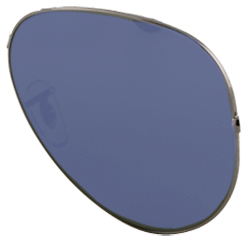Sunglasses lens colours
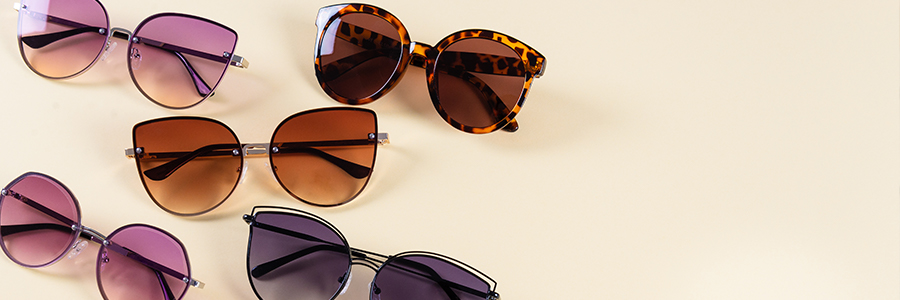
Here's why sunglasses lens colour matters
Apart from improving your looks, the lenses of your sunglasses protect you from UV rays. Find out below which lens colour suits which situation.
What is UV radiation and how do sunglasses protect your eyes from it?
Ultraviolet radiation, or UV rays, is a type of electromagnetic radiation primarily responsible for summer tans and sunburns. It’s not a secret that excessive UV exposure can cause multiple problems for your eyes: serious burns, cataracts or even cancer. UV radiation during the sunny summer months is hazardous, but be aware that the light reflected by snow in winter can be even stronger than the sun's rays at the seaside.
Which UV protection should you look for when buying sunglasses?
Look for a pair of sunglasses that blocks at least 99% of UVB rays and at least 95% of UVA rays. Make sure you check the scratch resistance of the lenses if you are looking to wear them for more than a season. Remember that polarized glasses provide superior sun protection and rubber grips on the arms will make them easier to wear.
So which is the right colour for your lenses?
The colour of the lens that you'll choose, depends on the usage of the sunglasses and the weather conditions, for example, if you'll be spending your time at the seaside or in the mountains.
But one thing to keep in mind is that the colour of the lens on sunglasses has nothing to do with the amount of protection that the sunglasses offer.
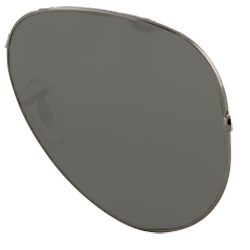
Grey lenses
Grey lenses reduce light intensity and are great for your eyes, not affecting contrast or distorting colours.
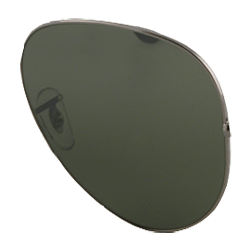
Dark green lenses
The same goes for dark green lenses, which are ideal for driving. That's because grey and green lenses don't alter your colour perception. Interestingly, this feature is even helpful when you suffer from a vision impairment such as hypermetropia.
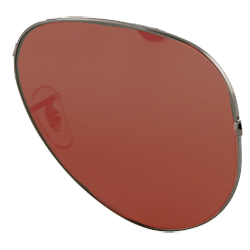
Red and orange lenses
If you are a sports fan and love snow, you should definitely choose red or orange because those colours block the blue light, which becomes very strong in winter, especially on sunny days. The colours have a relaxing effect on the eyes and are used for permanent optical correction of vision.
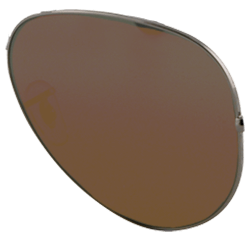
Brown lenses
Brown lenses have the same advantages as red and orange ones. Plus, they are particularly helpful as brown is the preferred colour by those who suffer from myopia.
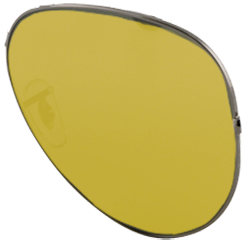
Yellow and amber lenses
Amber or yellow lenses are very popular with hunters, who benefit from the contrast when looking at targets against the sky, especially in bright light conditions. However, these types of lenses are dangerous and even illegal in road traffic, or in any other activity that requires colour recognition.
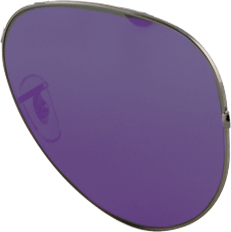
Purple lenses
If your job or hobbies include a lot of outdoor activities, you should opt for purple lenses.
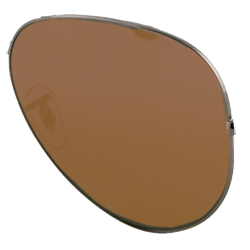
Copper lenses
Copper sunglasses will accentuate the contrast between sky or grass against a golf ball.

